Communication-Focused Substance-Use Prevention
COMMUNICATION-FOCUSED SUBSTANCE-USE PREVENTION
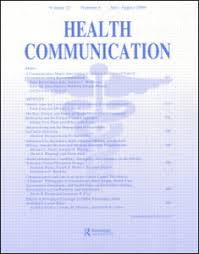
Kam, J. A., & Pérez Torres, D. (2017). Perceived parental legitimacy as a moderator of parent-child communication’s effects on Latina/o adolescent substance use. Health Communication, 33, 743-753. 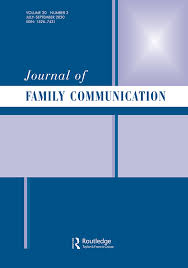
Kam, J. A., & Miller-Day, M. D. (2017). A family communication perspective on substance use prevention, intervention, and coping: Special issue introduction. Journal of Family Communication, 17, 1-14. 
Kam, J. A., Figueroa-Caballero, A., & Basinger, E. D. (2016). Constructing a measure of alcohol-specific communication with friends: Conceptualizing and operationalizing communication as multidimensional. Health Communication, 31, 695-706. 
Kam, J. A., Krieger, J. L., Basinger, E. D., & Figueroa-Caballero, A. (2016). What do high school students say when they talk to their friends about substance use? Exploring the content of substance-use-specific communication with friends. Health Communication, 31, 522-535. 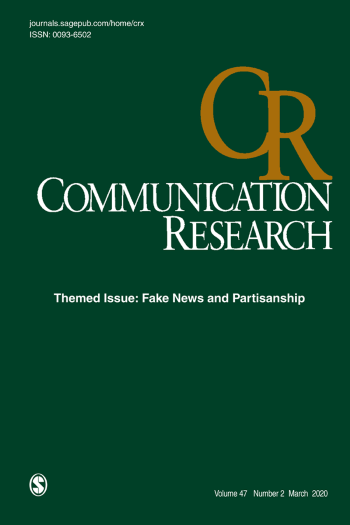
Kam, J. A., Basinger, E. D., & Abendschein, B. (2015). Do adolescent perceptions of their parents drinking alcohol undermine or enhance what parents say about alcohol? The interaction between verbal and nonverbal messages about alcohol use. Communication Research, 44, 319-347. 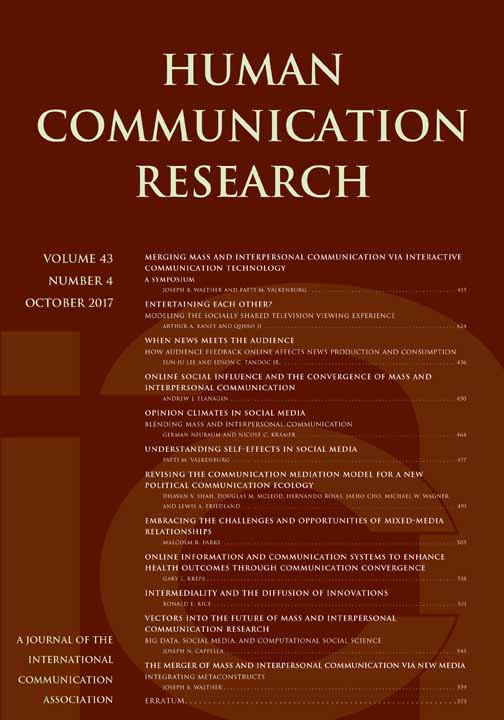
Kam, J. A., Castro, F. G., & Wang, N. (2015). Parent-child communication’s attenuating effects on Mexican-heritage early-stage adolescents’ depressive symptoms and substance use. Human Communication Research, 41, 204-225. 
Lee, C. J., & Kam, J. A. (2014). Why does social capital matter in health communication campaigns. Communication Research, 42, 459-481. 
Kam, J. A., Potocki, B., & Hecht, M. L. (2014). Encouraging Mexican-heritage youth to intervene when friends drink: The role of targeted parent-child communication against alcohol. Communication Research, 14, 544-664. 
Kam, J. A., & Wang, N. (2014). Longitudinal effects of best-friend communication against substance use for Latino and non-Latino white early adolescents. Journal of Research on Adolescence, 25, 534-550.
Kam, J. A., Wang, N., & Harvey, J. (2014). Latino and European American early adolescents’ exposure to music with substance-use references: Examining parent-child communication as a moderator. Journal of Adolescence, 37, 185-196. 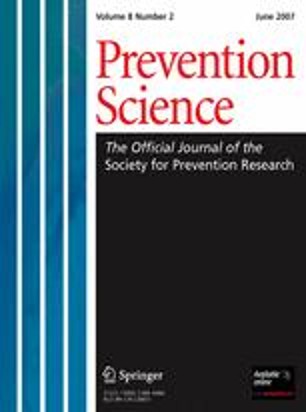
Kam, J. A., & Yang, S. (2014). Explicating how parent-child communication increases Latino and European American early adolescents’ intentions to intervene in a friend’s substance use. Prevention Science, 15, 536-546. 
Kam, J. A., & Lee, C. -J. (2013). Examining the effects of mass media campaign exposure and interpersonal discussions on youth’s drug use: The mediating role of visiting pro-drug websites. Health Communication, 28, 473-485. 
Kam, J. A., & Middleton, A. V. (2013). The associations between parents’ references to their own past substance use and youth’s substance use beliefs and behaviors: A comparison of Latino and European American youth. Human Communication Research, 39, 208-229. 
Kam, J. A. (2011). Identifying changes in youth’s subgroup membership over time based on their targeted communication about substance use with parents and friends. Human Communication Research, 37, 324-349. 
Kam, J. A., & Cleveland, M. J. (2011). Perceived discrimination as a risk factor for Latina/o youth’s substance use: Do parent- and peer-based communication and relationship resources act as protective factors? Health Communication, 26, 111-124.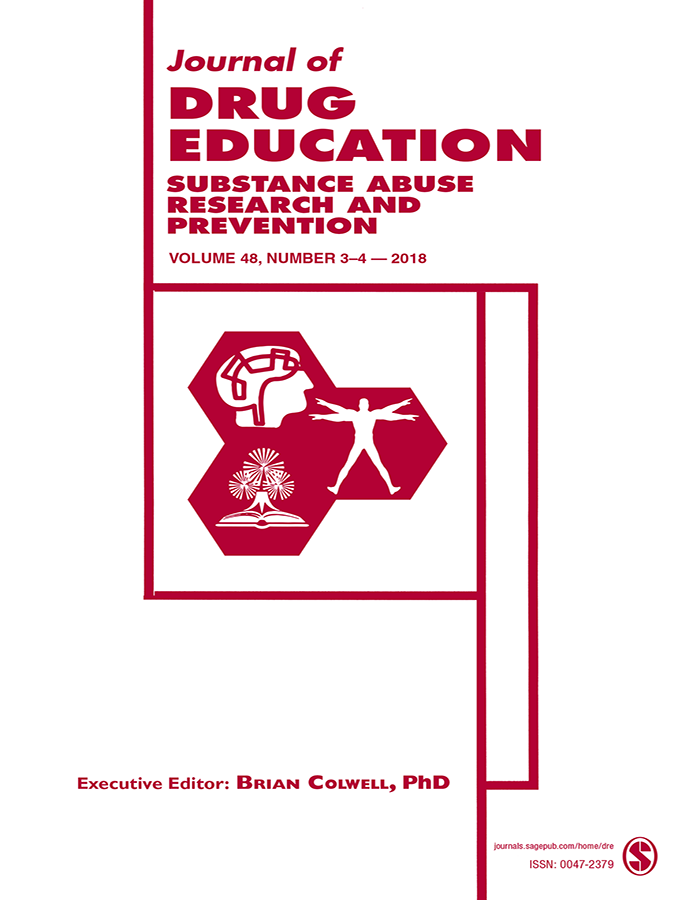
Hopfer, S., Davis, D., Kam, J. A., Shin, Y., Elek, E., & Hecht, M. L. (2010). A review of elementary-school based substance use prevention programs: Identifying program attributes. Journal of Drug Education, 40, 11-36. 
Kam, J. A., Cleveland, M. J., & Hecht, M. L. (2010). Applying general strain theory to examine perceived discrimination's indirect relation to Mexican-heritage youth’s alcohol, cigarette, and marijuana use. Prevention Science, 11, 397-410. 
Miller-Day, M., & Kam, J. A. (2010). More than just openness: Developing and validating a measure of targeted parent-child communication about alcohol. Health Communication, 25, 293-302. 
Kam, J. A., Matsunaga, M., Hecht, M. L., & Ndiaye, K. (2009). Extending the theory of planned behavior to predict alcohol, tobacco, and marijuana use among youth of Mexican heritage. Prevention Science, 10, 41-53.
Hecht, M. L., Elek, E., Wagstaff, D., Kam, J. A., & Marsiglia, F., Dustman, P., Reeves, L., & Harthun, M. (2008). Short-term effects of the 5th grade version of the keepin’ it REAL substance use prevention intervention. The Journal of Drug Education, 38, 223-249.





















